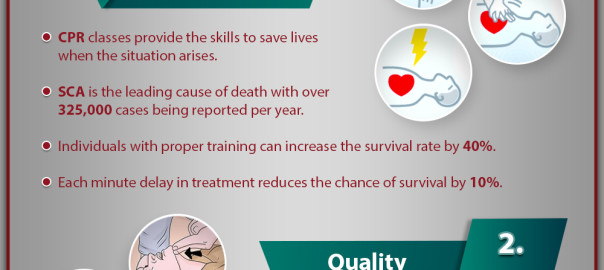CPR is an essential lifesaving technique, and perhaps, you know the correct procedure of administering CPR on a victim. But, do you know where did it come from? How did CPR evolved? Modern CPR developed in the late 1950s or early 1960s. Let’s have a look into the history of CPR.
CPR timeline
• 1960s-1970s
1. Although, the Paris Academy of Sciences had recommended mouth-to-mouth resuscitation for drowning victims in late 1700s, but Dr. James Elam and Dr. Peter Safar are considered as the main discoverers of mouth-to-mouth ventilation.
2. Later, Dr. Peter Safar wrote a book called “ABC of Resuscitation, but the CPR technique didn’t begin until 1960s when people began to realize the importance of performing CPR in life-threatening situations. The American Heart Association (AHA) became the forerunner of CPR training programs for the general public.
• 1990s
1. Some health organizations started the Early Public Access Defibrillation (PAD) programs, so that people can provide successful resuscitation to sudden cardiac arrest victims.
• 2000s
1. AHA and International Committee on Resuscitation (ILCOR) recommended the public to use AEDs on children.
2. In 2005, AHA released a CPR kit that contained all information on how to use AED, perform CPR and save a victim during choking.
3. In 2008, the AHA released Hands-Only CPR technique.
4. In 2010, AHA modified the A-B-C procedure into C-A-B in order to increase survival rate for cardiac arrest victims.
5. In 2015 around Oct the new guidelines are expected.
CPR has saved millions of lives over the past decades. It will certainly save millions more in coming years if people attend CPR certification programs and learn lifesaving skills.



